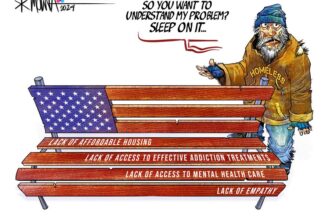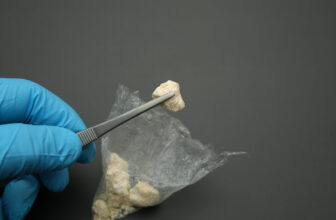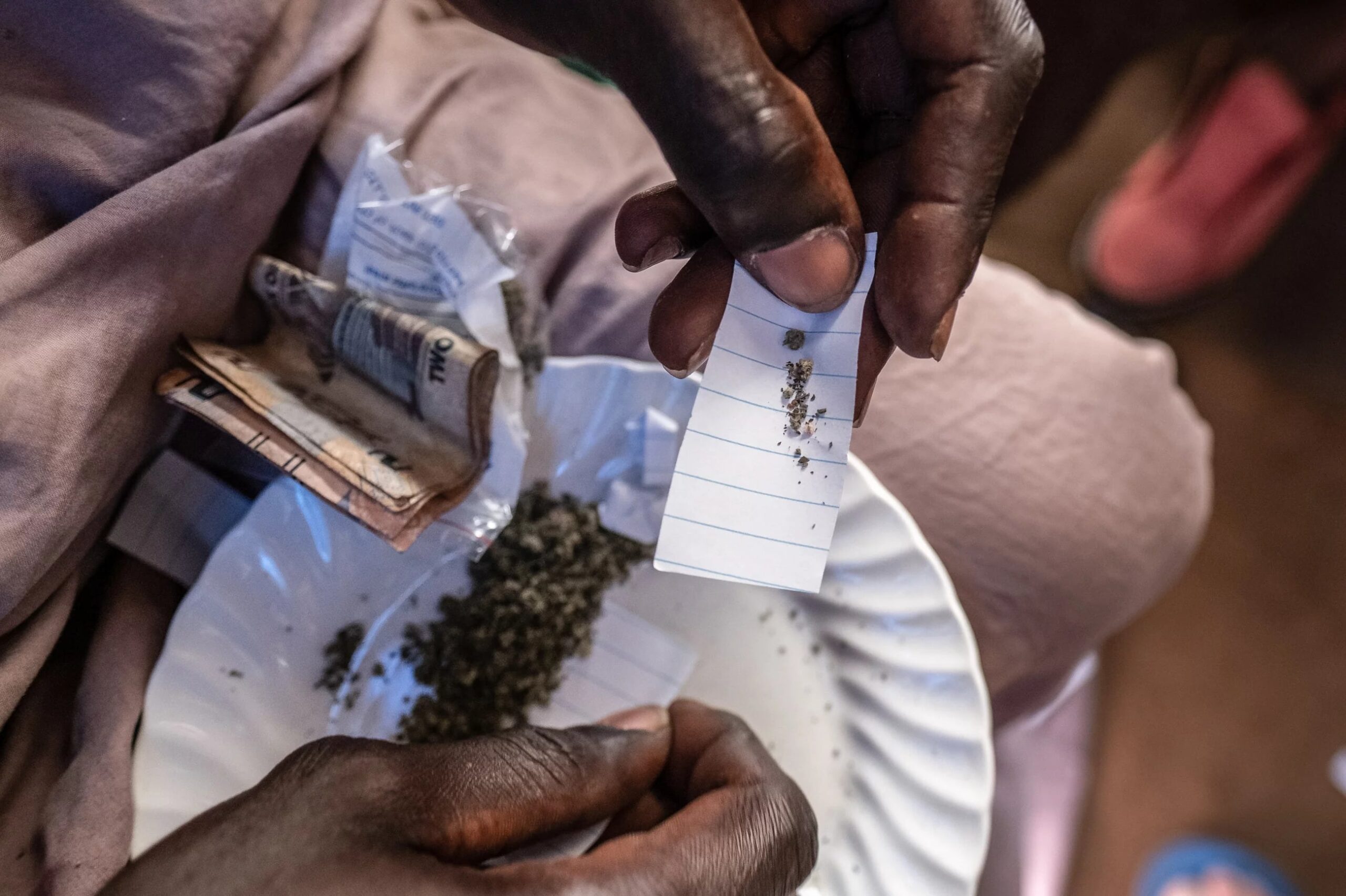
When are withdrawal symptoms the strongest?
Opioid withdrawal symptoms—such as those from heroin—peak in severity during the acute opioid withdrawal phase which occurs around 3-5 days after the last heroin use. This mirrors the time it takes for the drug to be fully eliminated from mu-opioid receptors in the brain and body.
The acute phase brings the most intense physical and psychological symptoms of opioid withdrawal syndrome, including muscle spasms, nausea, drug cravings, anxiety, and depression. These symptoms result from changes in neurotransmitters as well as stress hormone levels as the body struggles to regain homeostasis without opioids.
What is one of the first signs of withdrawal?
Some of the first signs of opioid withdrawal setting in within the first 1-2 days after stopping using heroin or other opioids include flu-like symptoms like runny nose, anxiety, muscle aches, stomach pains, and intense drug cravings as the brain responds to the abrupt lack of external opioids. Psychological aspects also emerge early on, with agitation, irritability, and drug cravings starting just hours after the last dose, as the reward system becomes hyperactive.
How long does a withdrawal take?
The initial stages of withdrawal from substances like heroin last approximately 5-7 days on average as the majority of physical symptoms peak then slowly improve around a week after last use. However, the overall opioid withdrawal timeline includes protracted withdrawal or PAWS, which can persist for weeks or even months after the initial manifestations fade. This is characterized by psychological symptoms like low energy, impaired concentration, sleep disruptions, and persistent drug cravings.
What is the most serious form of withdrawal?
The most dangerous type of withdrawal is untreated severe alcohol withdrawal, which can progress to delirium tremens with hallucinations and potentially fatal seizures if not managed with proper medical care. Some complications of opioid withdrawal such as severe dehydration, abnormal vital sign changes, heart issues, and metabolic abnormalities can also become life-threatening without clinical monitoring, especially during the peak of acute withdrawal distress.
How do you prevent withdrawal symptoms?
If you want to prevent dangerous withdrawal symptoms, you should:
- Slowly taper opioid medications under medical supervision
- Avoid abrupt discontinuation of substances like alcohol or benzodiazepines
- Adhere closely to prescription instructions
- Enrol in medication-assisted treatment programs or professionally supervised detoxification protocols to manage symptoms safely
When you’re going through withdrawal, it’s important to seek help from addiction medicine specialists or facilities—like Ardu—that provide psychological support and holistic therapies to further reduce the risks of adverse withdrawal symptoms.
What are medication-assisted treatments for heroin addiction?
Medication-assisted treatments include methadone, buprenorphine, and extended-release naltrexone are FDA-approved pharmacological therapies combined with counseling for the treatment of heroin addiction. They may also help prevent withdrawal symptoms. These opioid medications activate receptors to reduce cravings and withdrawal distress while blocking euphoric effects. Dual treatment plans with medication, behavioral interventions, psychosocial support, and outpatient services boost addiction recovery outcomes long-term by targeting both the physiological and psychological aspects.
How does family history impact heroin addiction risk?
Genetic makeup contributes moderately to heroin addiction risk. Having a family history of substance abuse or mental illnesses like depression or antisocial personality disorders does increase the likelihood of developing heroin use disorder due to hereditary factors affecting areas like impulsivity, compulsivity, and drug metabolism rates. Environmental influences more strongly determine if initial heroin experimentation turns into addiction. Supportive family therapy helps offset relapses amid intense cravings by motivating continued treatment.
What are the risk factors for developing opioid addiction?
Several key risk factors make people more vulnerable to escalating from initial opioid use for pain relief to full-blown physiological and psychological opioid dependence. These include:
- Mental illnesses or family history of drug abuse
- Substance use during adolescence while the brain still develops
- Improperly high doses of prescribed opioids
- Mixing drugs
- Relying on short-acting opioids to induce more rapid highs and lows
- Easy access to illicit opioids
These risk factors facilitate loss of control over opioid use. It’s important to understand both personal and environmental risk factors and try to motivate prevention and prompt intervention before severe opioid addiction develops.
Resources
Koob, G. F., & Volkow, N. D. (2016). Neurobiology of addiction: A neurocircuitry analysis. The Lancet. Psychiatry, 3(8), 760. https://doi.org/10.1016/S2215-0366(16)00104-8
Further reading
What detox signs is your body showing?
What are the types of illegal drugs?
What drugs cause severe kidney damage?
What happens to your liver when you stop drinking?
What medication to use for mental health?
How to recognize a teen addict





